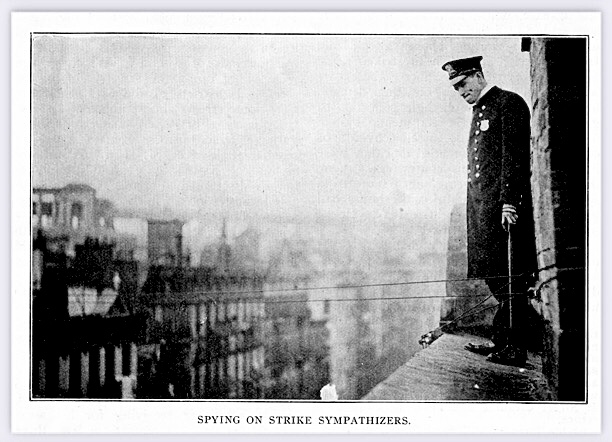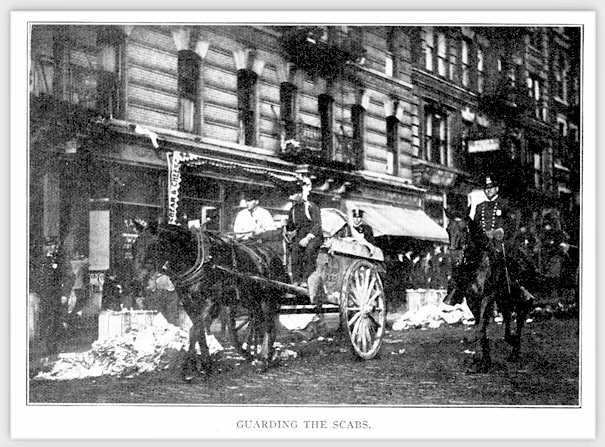 —————
—————
Hellraisers Journal – Monday January 15, 1912
Mother Jones News Round-Up for December 1911, Part I
Found in Berkeley, California; Learns of Confession of McNamara Brothers
From the Richmond (California) Daily Independent of December 1, 1911:
MOTHER JONES TO SPEAK.
———-
Mother Jones, the mother of the working men, will speak at the Building Trades Temple on Fourth and Macdonald avenue, Friday evening at 8:15. Her subject will be “McNamara Defense.” The public is cordially invited to attend.
[Photograph added.]
—————
From the Richmond Daily Independent of December 2,1911:
MCNAMARA CONFESSION
CREATES COMMOTION
———-
At First Held Ridiculous Here. But Mother Jones
Meeting at Trades Hall Is Postponed–Many
See Political Move in Los Angeles Election.
———-The blood-red extra of the Oakland Tribune last evening set the Richmond world ablaze. Its headlines, in letters inches long, read “J. B. McNamara Pleads Guilty,” “Admits Slaying Haggerty,” and “Brother Admit Dynamiting.” The Trib had little else save that it claimed that J. B. McNamara would be given life imprisonment and that his brother, J. J. McNamara under agreement with state, would receive fifteen years.
[…..]
The union labor forces of Richmond and the sympathizers with the McNamaras found themselves in queer position with the appearance of the evening papers. Mother Jones was announced to address the Richmond people at the Building Trades Council hall on Fourth street on the matter of aiding in the defense of the accused men.
Quite a body of people assembled to listen to the famous woman, but after a short wait, it was announced by the officials of the council that Mother Jones would not be present, as she was waiting in Berkeley for later and more reliable information from the southern city. There was nothing else to be done but postpone the meeting, and it was done. At a later date, should tho conditions at Los Angeles be different than reported last night, Mother Jones may appear here…..
———-

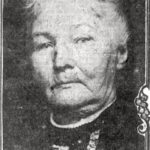
 —————
—————
 —————
—————
 ———————-
———————-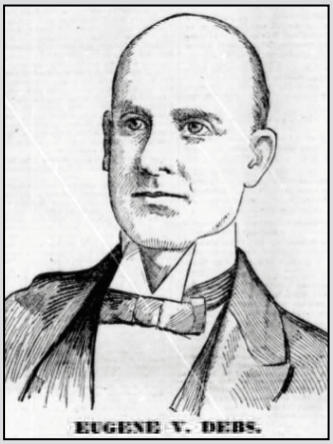
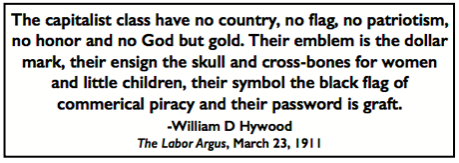 ———————-
———————-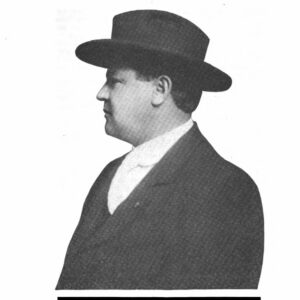
 ———————-
———————-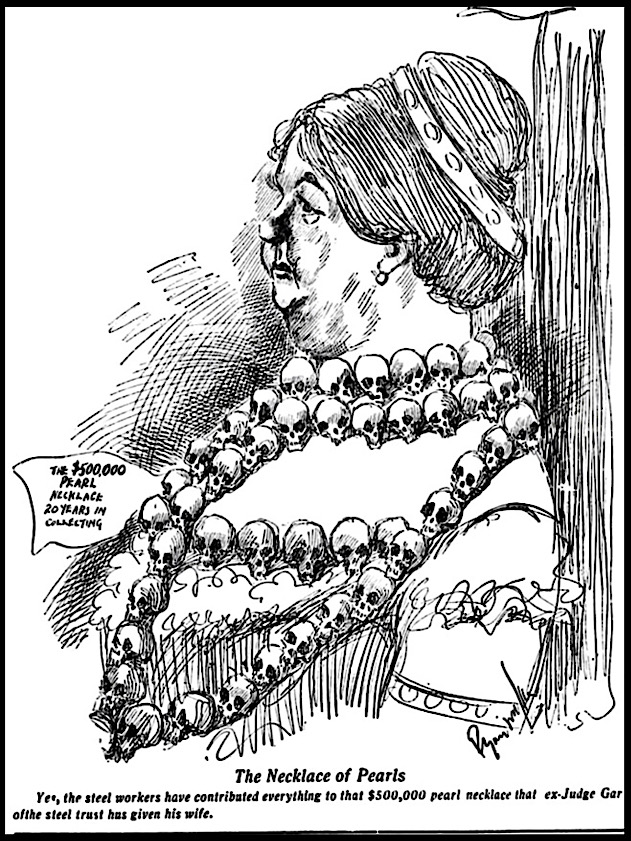
 ———————-
———————-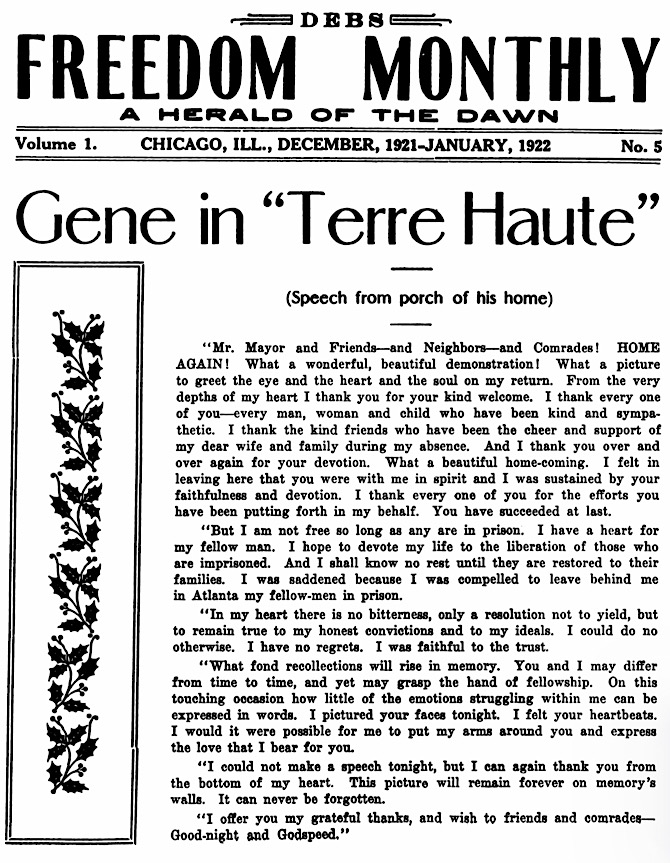
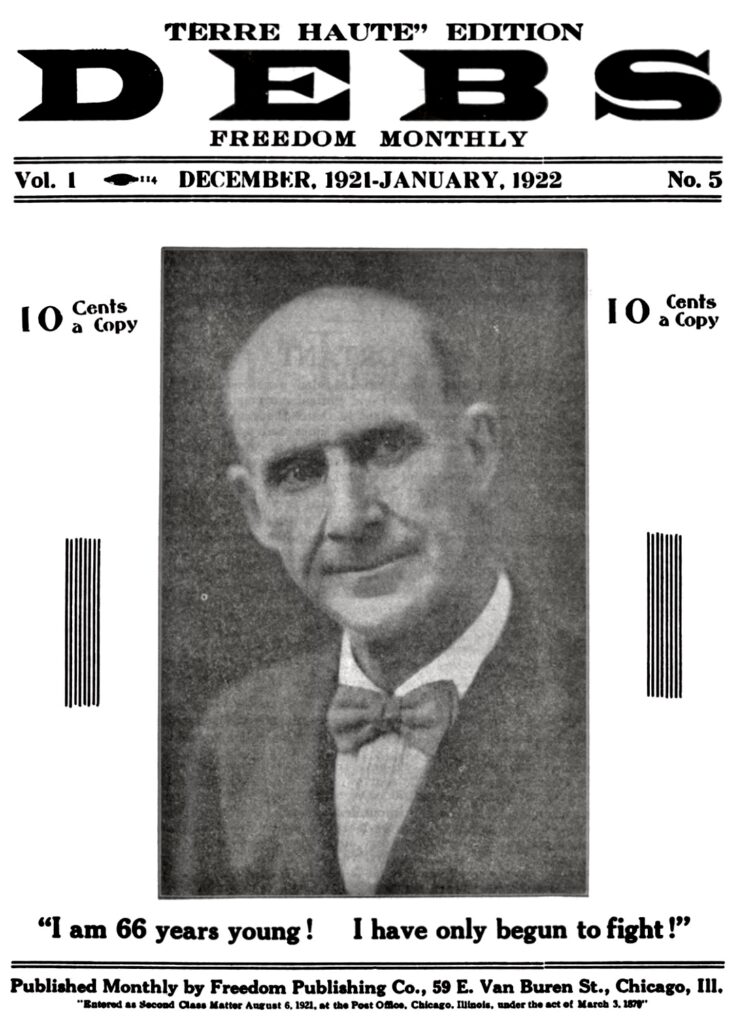
 ————————
————————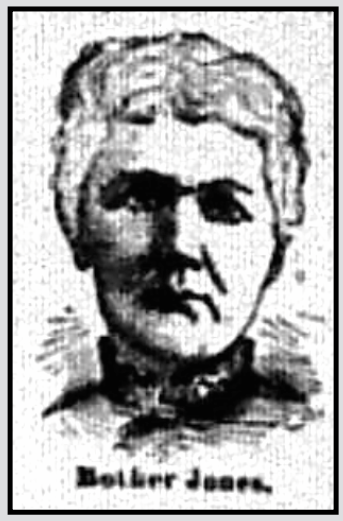 The call for the annual convention of the United Mine Workers of America and the joint conference of the miners and bituminous operators of Illinois, Indiana, Ohio and Pennsylvania, who are now represented in the interstate agreement, was issued to-day. The convention of the mine workers will be held in Tomlinson Hall. It will begin January 20, and will continue until January 30, when the miners and operators will begin their joint conference.
The call for the annual convention of the United Mine Workers of America and the joint conference of the miners and bituminous operators of Illinois, Indiana, Ohio and Pennsylvania, who are now represented in the interstate agreement, was issued to-day. The convention of the mine workers will be held in Tomlinson Hall. It will begin January 20, and will continue until January 30, when the miners and operators will begin their joint conference.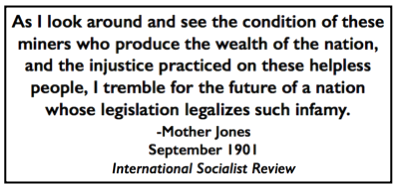 —————
—————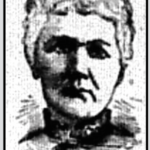
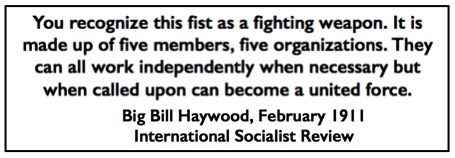 —————
—————